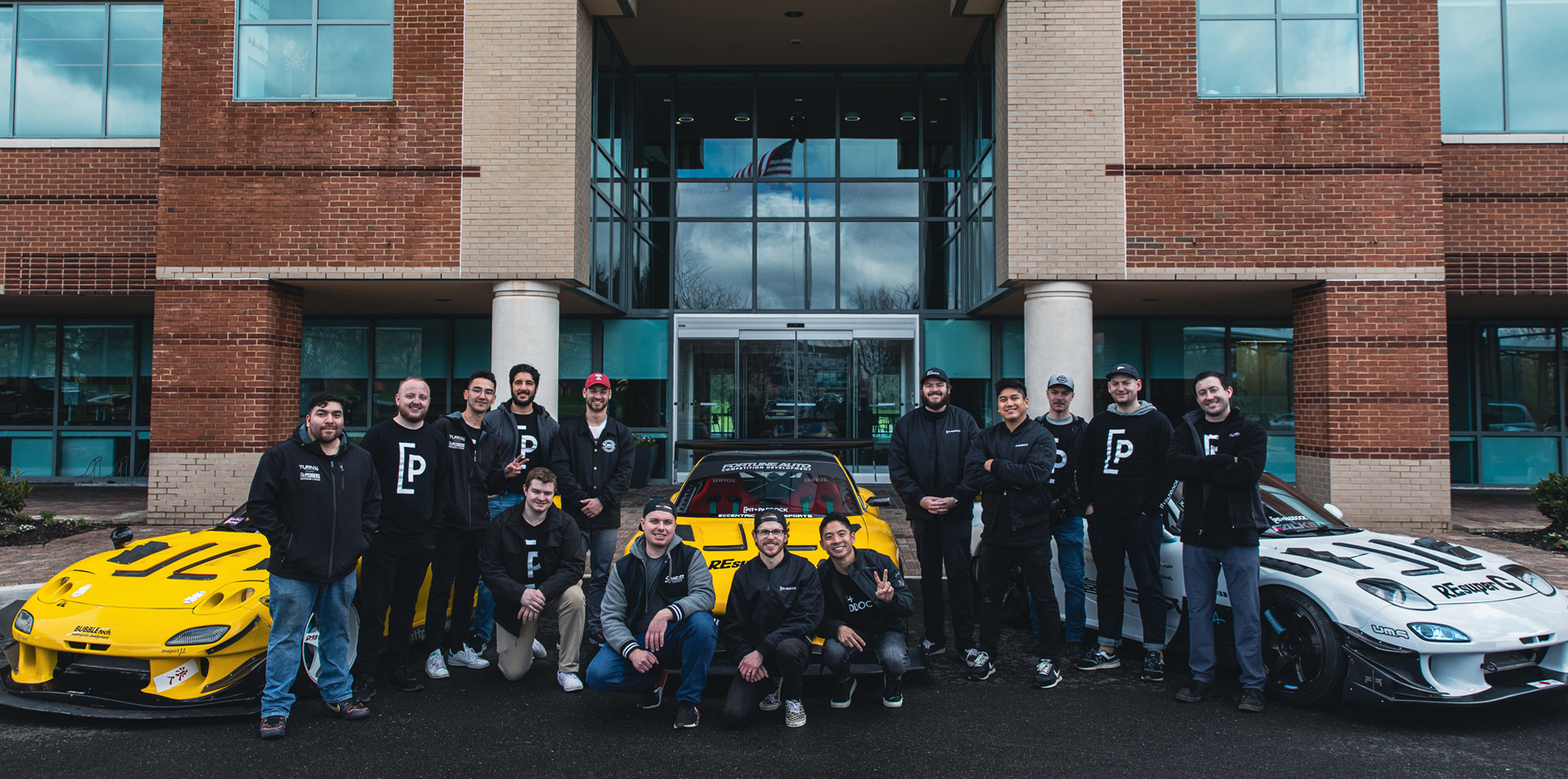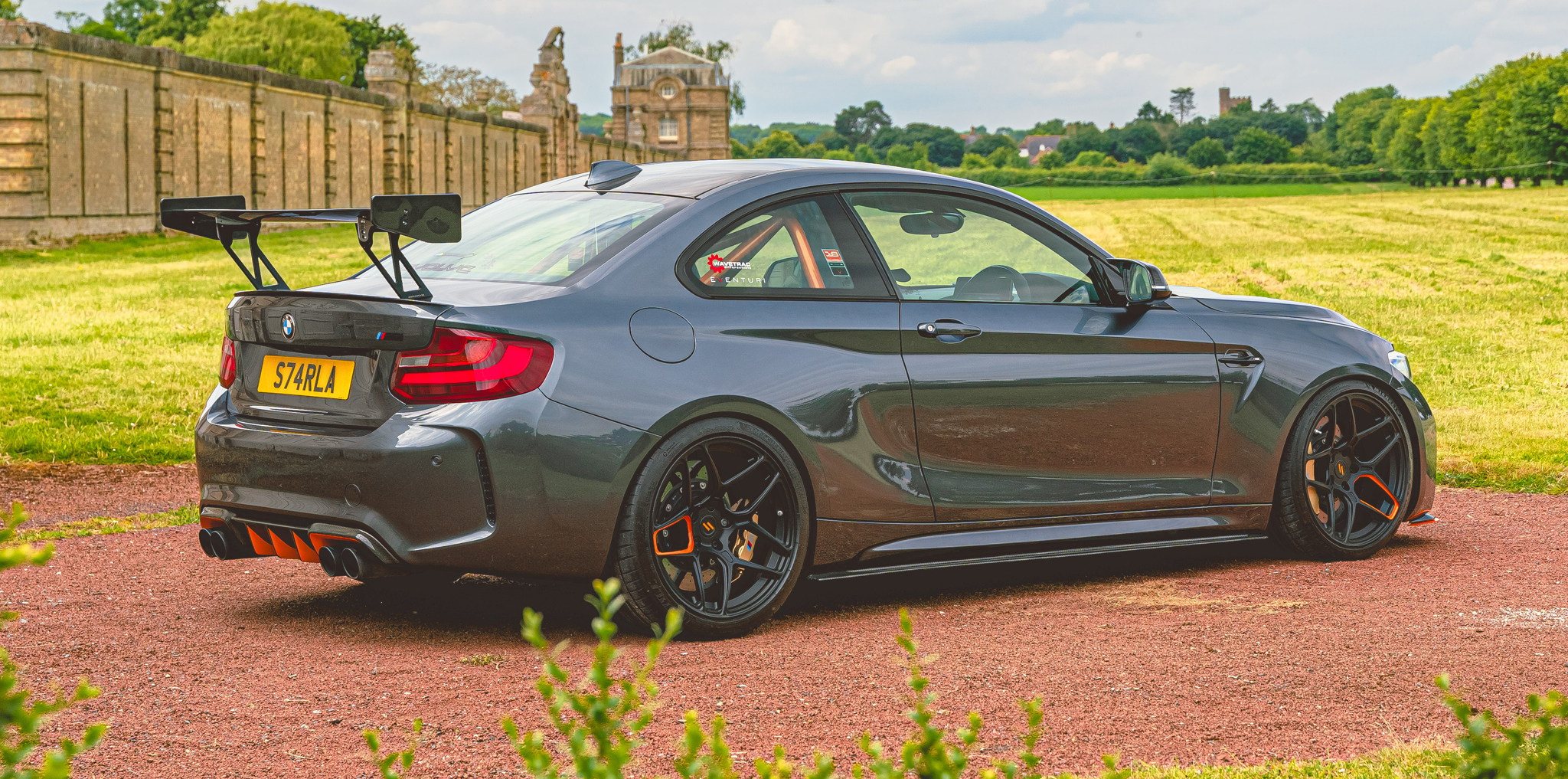In case you haven’t been following our 2022 Toyota 4Runner TRD Pro build series with CSF, we recommend taking a minute to look back at the previous four parts:
Part 2: Airaid Intake, Pedal Commander, Gobi Roof Rack
Part 3: CSF Radiator, MBRP Exhaust, Westin Bumper
Part 4: ARB Compressor, KC Lights, RCI Skid Plates
This week, it’s crunch time with nine days left until the 4Runner’s debut at the Cars+Coffee: Overland Edition. Luckily, we knocked out some big-ticket items over the last several days at RPM Offroad Garage in Monrovia, California, who helped us out with a very hardcore suspension installation.
WHAT TO LOOK FOR IN AN AFTERMARKET SUSPENSION SYSTEM
Suspension is one of the biggest and most integral upgrades you’ll change out on your truck or SUV. Choosing the right suspension can be a bit tricky, though. There are countless options out there, but here are a couple key factors to consider:
First, you must determine what level of off-roading you’ll be doing. In our case, we are looking for a good compromise that can handle overlanding and light rock crawling. For this, we wanted to find a good balance between increased articulation, travel distance, and high-speed damping. Suspension articulation (or flexing) is important for rock crawling as the suspension must make more extreme adjustments for severely uneven terrain. Suspension travel distance plays a big role in any type of off-road driving, from coping with undulations on trails and riverbeds to moderate rock climbing. The more travel your suspension has (within reason), the better. Good high-speed damping smooths out the big bumps at quicker speeds and soaks up sudden drops when crawling. The last thing anybody wants is that super jarring momentum to be transmitted to the cab.
Second, you want to find a suspension setup that will provide enough lift for the size tire selected. For our TRD Pro, we elected to run 35-inch tires, which are about as big as you can go on a 4Runner without requiring any major custom work. To fit the 35s, we ideally want a 3-inch lift. In addition to the lift, we’ll also need to make some slight modifications to avoid rubbing. We entrusted RPM Offroad Garage to handle the body mount chop and bumper viper cuts. These two modifications give us the extra space needed around the wheel wells, allowing our big tires to turn as wide as possible.
Given all these needs and goals for our 4Runner build, we opted for the Icon Stage 7 suspension system, which comes with everything we’ll need to really take our rig to the next level. Next, we’ll break down each part of the kit and the role each plays.
BILLET UPPER & LOWER TRAILING ARMS
Rear trailing arms from the factory are designed to deal with modest rear suspension movement. With our 4Runner being set up to do some light rock crawling, we need a little more range and articulation that the factory unit won’t deal well with. The billet design provides a lot of extra strength while saving weight at the same time. Both arms feature upgraded bushings that allow for increased articulation and have substantially higher load ratings than the factory units. The lower arms even come with replaceable nylon rock sliders to protect them from potential damage while crawling.
2.5 SERIES REMOTE RESERVOIR FRONT COILOVERS
These front coilovers offer a sport-tuned adjustable feel and extended travel range. The height adjustability of up to 3.5 inches was an important factor when choosing this suspension, as we need most of that range to fit our tires. Improved damping and ride quality are also important to us, which the large 2.5-inch shock bodies help with. The increased overall piston area offers substantial gains over a wide variety of terrains. However, one of the coolest features of these coilovers is the remote reservoirs. The increased fluid volume offered by this type of system helps keep the fluid temperatures in check under heavy use, giving you more consistent damping. The mounting location of these reservoirs also makes it easier to access the adjustment knobs, allowing us to select up to 10 different compression levels for fine-tuning, a signature feature with Icon’s CDC Valve technology.
Note: RPM Offroad Garage advised us to install a front differential drop kit. This is important when lifting a 4×4 that doesn’t come with a solid front axle. Lifting the front will put additional strain on the CV joints, so a spacer kit helps keep the axles operating within their normal range.
DELTA JOINT TECHNOLOGY
The suspension travel range is often limited by multiple suspension components. In the front, the combination of extended travel dampers and upper control arms gives us a much greater range of suspension travel. This is important for both off-road performance and ride quality. Most importantly, these control arms feature Icon’s patented Delta Joint technology. Delta joints are heavy-duty high-angle ball joints that combine the durability of a ball joint with the performance characteristics of a traditional uniball. This means they will stand up to heavy abuse on the trails while giving us the maximum range of motion.
2.5 SERIES REMOTE RESERVOIR REAR SHOCKS & 2-INCH REAR COIL SPRING KIT
Similar to our front suspension, the rear dampers and springs combine to give us a two-inch lift, increased travel, and improved ride quality both on- and off-road. While the rear lift is smaller than the front, it is still enough to accommodate the larger tires. The rear wheels don’t have to turn. Therefore there are fewer components and more space in general. Just like the front, the rear dampers also feature 10 levels of adjustability for fine-tuning from soft to hard.
ADJUSTABLE REAR TRACK BAR
While not a true performance upgrade, the rear track bar is an extremely important component to completing the entire Icon suspension kit. Lifting a 4Runner can change the alignment of the rear axle, which can cause serious issues ranging from premature tire wear to unpredictable handling at higher speeds. The adjustable rear track bar allows us to restore the alignment to factory spec.
INSTALLATION AT RPM OFFROAD GARAGE
As complex as the whole system is, the installation was as smooth as butter. We didn’t feel up to the task of installing some of these bigger parts, so we entrusted the full install to the guys at RPM Offroad Garage. We were there documenting the entire install and can confirm they had zero issues. If you’re thinking about tackling this job yourself, it’s possible if you have the tools, space, and time (and are comfortable chopping your body mounts and cutting your front bumper). Remember that your 4Runner will need a serious alignment after, which isn’t easy to do without the proper equipment.
One small hiccup we did have was self-imposed and completely our fault as we forgot to determine the spring preload that we wanted for the front coilovers. You determine this by factoring in the added weight of all your accessories and other bulky parts. Eventually, we sorted it out, but it delayed the installation process.
Stay tuned next week as we finish up the build and put the finishing touches on our TRD Pro 4Runner before the big reveal on May 1st!









